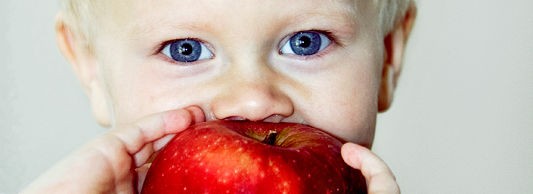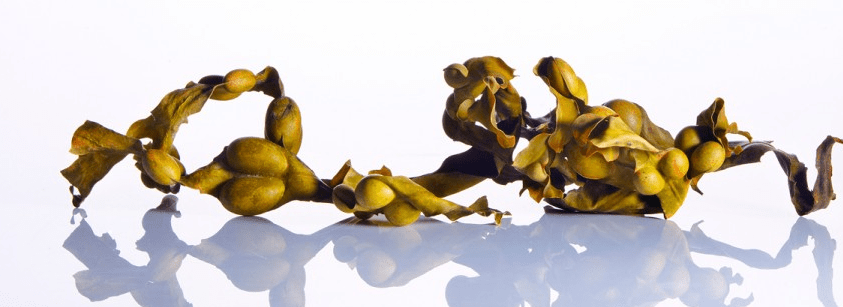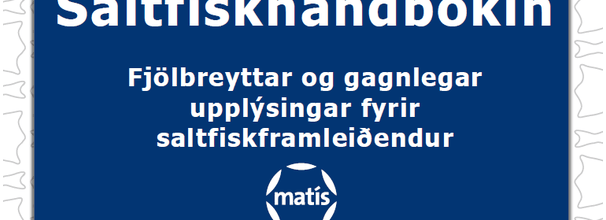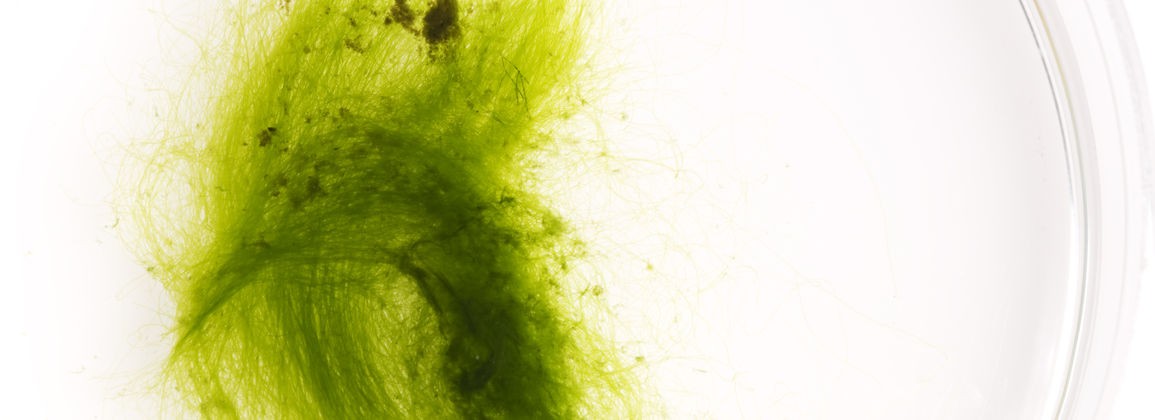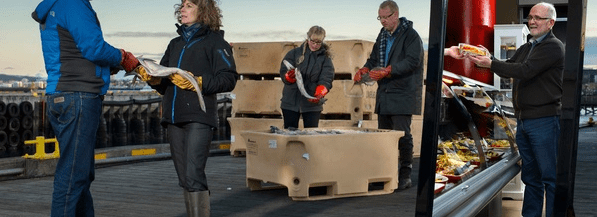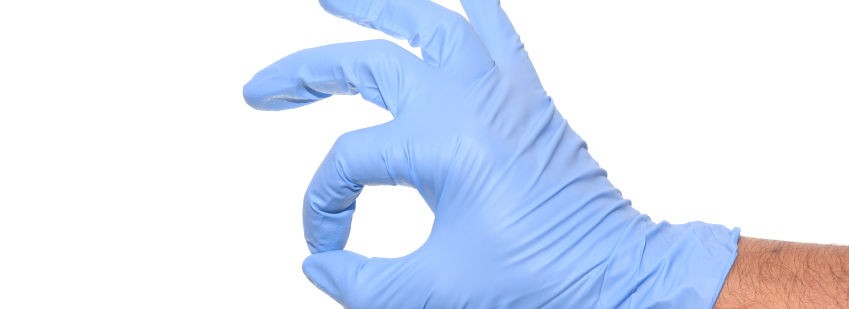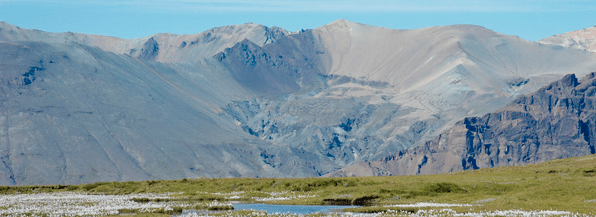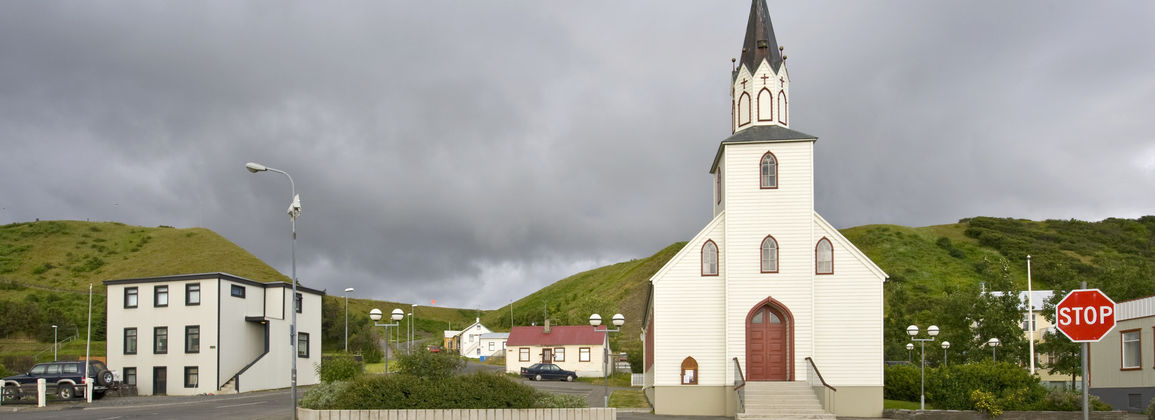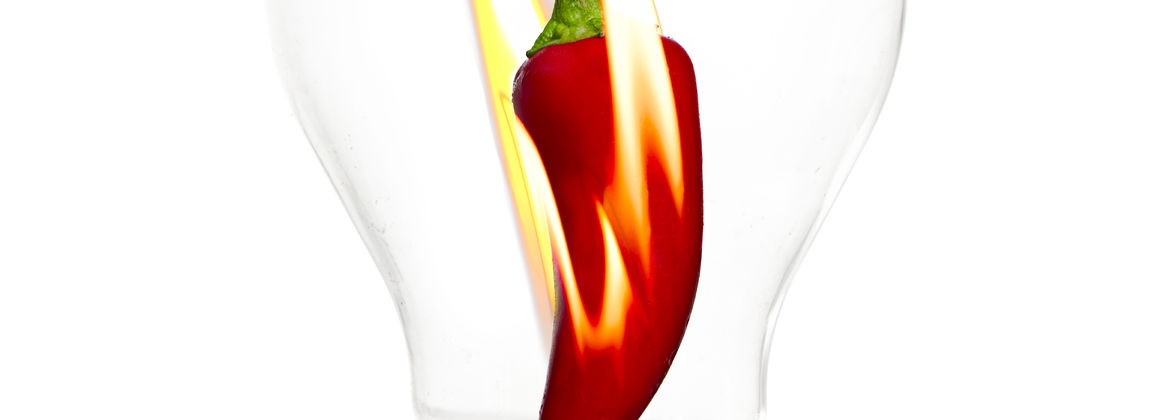At the turn of the month, there will be changes in Matís' operations in the field of chemical analysis. The aim of the changes is to increase financial efficiency and further strengthen the professional basis of chemical analysis. Unfortunately, there has been a sharp decline in public procurement in the field of food control-related chemicals, despite increased demands following the introduction of food legislation in 2011.
It is important for Matís to ensure the utmost efficiency in operations, without compromising the professional aspects of these specialized measurements. The development of equipment for pesticide measurements, which Matís has financed with grant applications, is now imminent, but in order for it to be possible to operate such equipment, it is necessary that all expertise is utilized as much as possible. Therefore, expertise in the field of chemical analysis is gathered in one place in Reykjavík. Pesticide testing of fruits and vegetables is very important to ensure consumer safety.
Matís' high rent at Borgir has also affected this result, but there are no final decisions on other changes to the company's operations in Akureyri. Matís has emphasized having strong operations in most parts of the country, as can be seen in the number of the company's offices.

